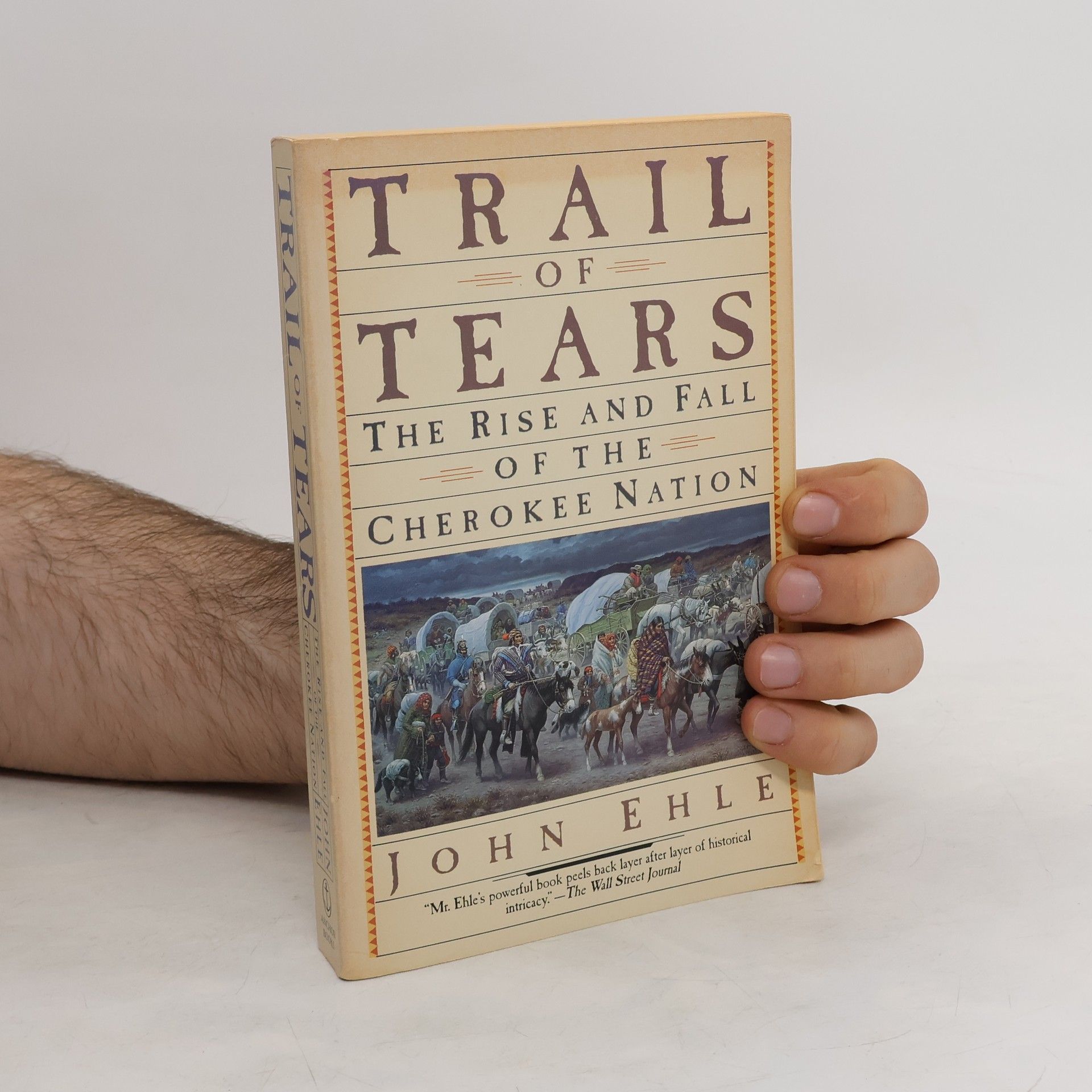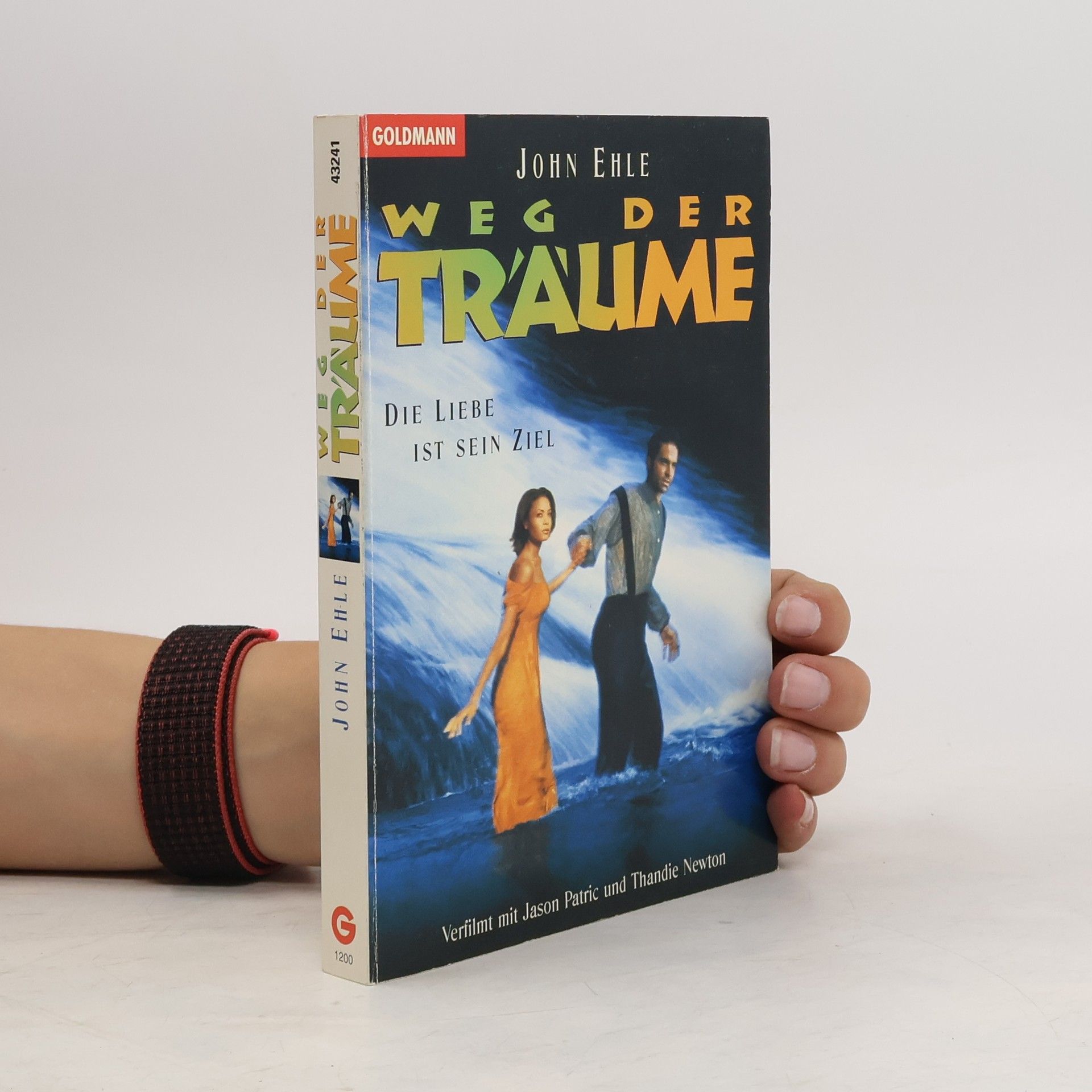Reader's Digest Auswahlbücher
Morgens um sieben ist die Welt noch in Ordnung, Fräulein Tausen Frühlingsblüten, Der Bahnbau, Das Ding
John Ehle fängt meisterhaft die raue Schönheit und das komplexe Leben der Menschen ein, die in den Bergen von North Carolina leben, einer Landschaft, die als Kulisse für einen Großteil seiner Fiktion dient. Seine Werke dringen tief in den menschlichen Geist ein und erforschen Themen wie Tradition, Widerstandsfähigkeit und den unbezwingbaren Willen. Ehles Stil zeichnet sich durch seine starken Charaktere und fesselnden Erzählungen aus, die den Leser in seine lebendig gestalteten Welten entführen. Sein Schreiben bietet einen wesentlichen Einblick in das Herz des ländlichen amerikanischen Lebens und liefert tiefgründige Einblicke in isolierte Gemeinschaften.







Morgens um sieben ist die Welt noch in Ordnung, Fräulein Tausen Frühlingsblüten, Der Bahnbau, Das Ding
Weg der Träume - Die Liebe ist sein Ziel - Erfolgreich verfilmt mit Jason Patric & Thandie Newton - bk1242; Goldmann Verlag; John Ehle; pocket_book; 1996
Morgens um sieben ist die welt Noch in Ordung. Fräulein tausend Frohlingsblüten. Der Bahnbau. Das Ding
Set against the backdrop of former Cherokee hunting grounds, the narrative weaves a poignant tragedy steeped in historical detail. The author, John Ehle, a sixth-generation North Carolinian, draws on his deep roots and extensive research to craft a compelling story that reflects the complexities of the region's past. His acclaimed writing offers a unique perspective on the intertwining of personal and cultural histories.
This "learn by reading" edition is for readers for whom English is a second language. It can be read by anyone who has learned 2,000 words of English.
Román o osudech Wrightů a Kingů v severokarolínském pohraničí jenž je druhý ze součástí ságy: Průkopníci, Čas bubnů, Cesta, Lev na krbu.